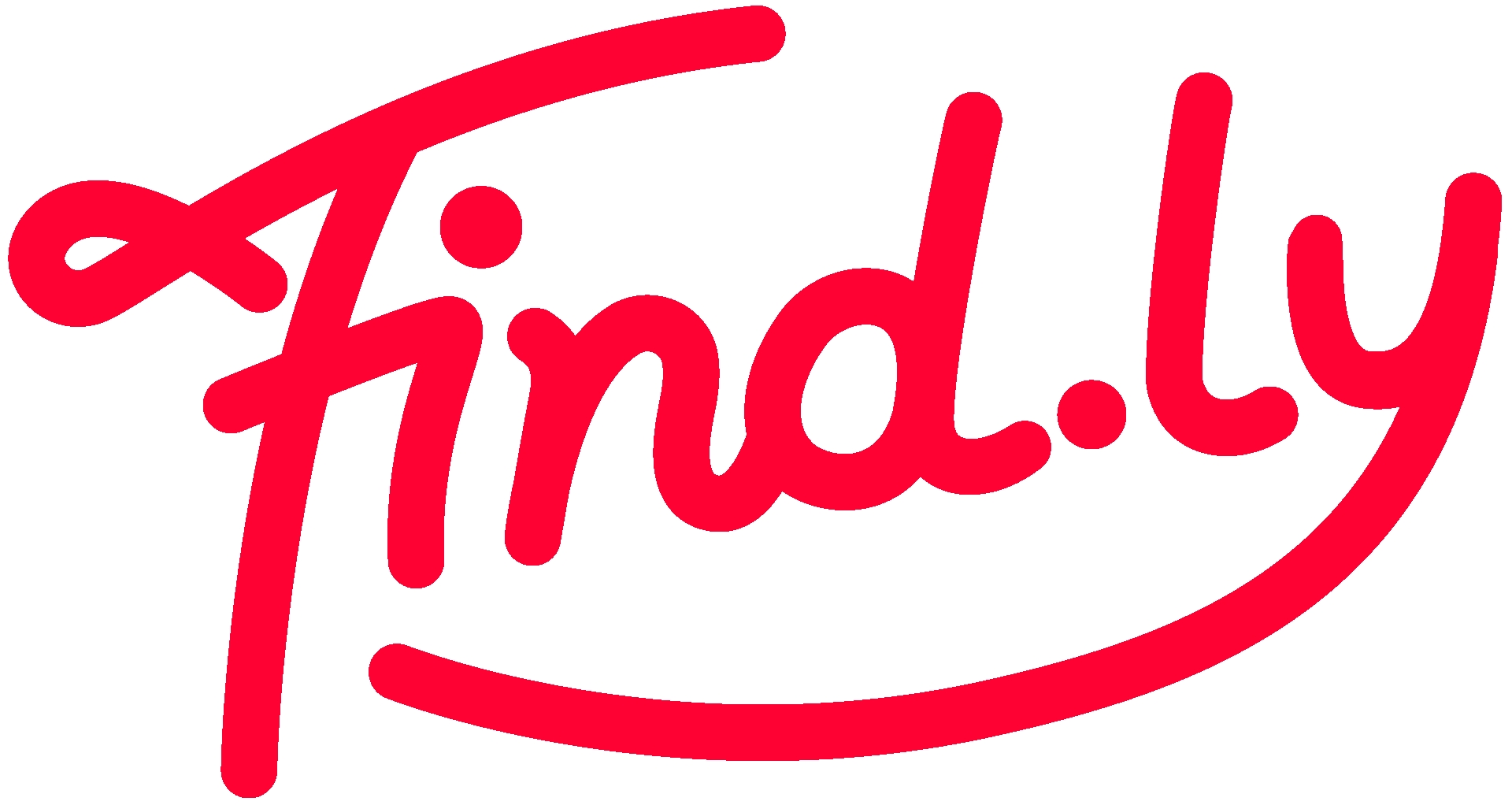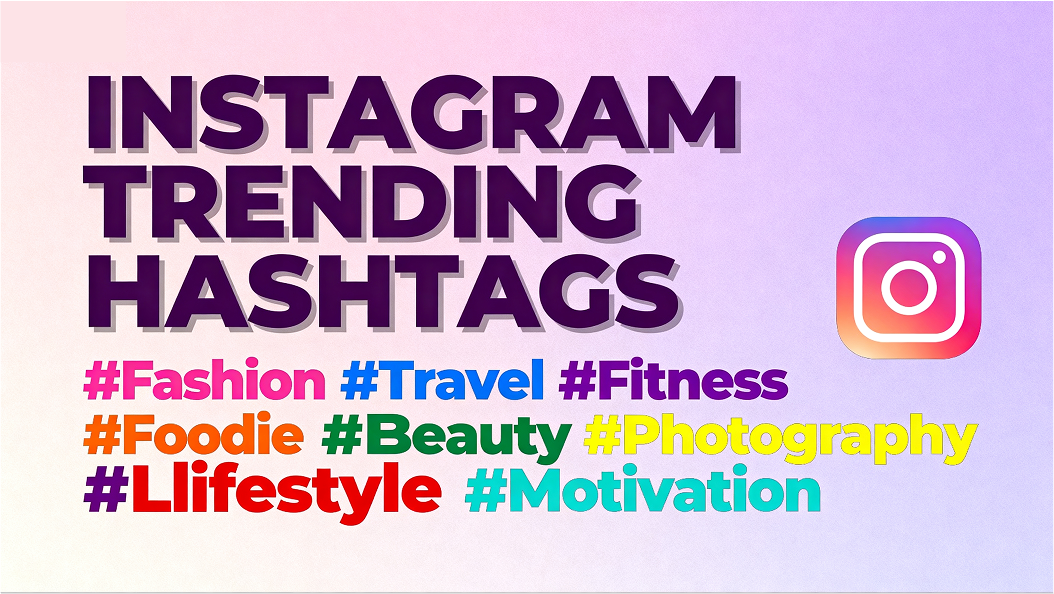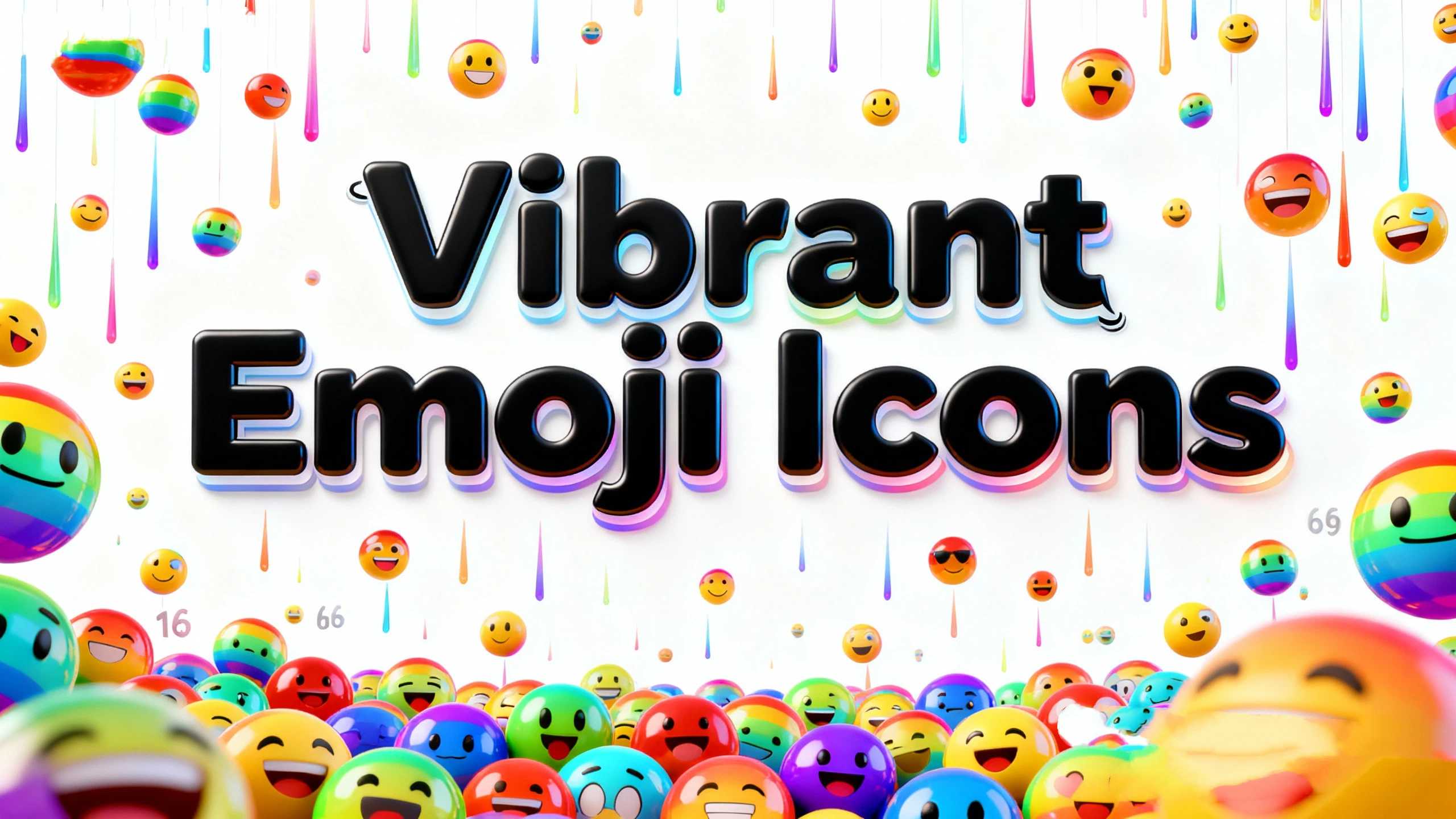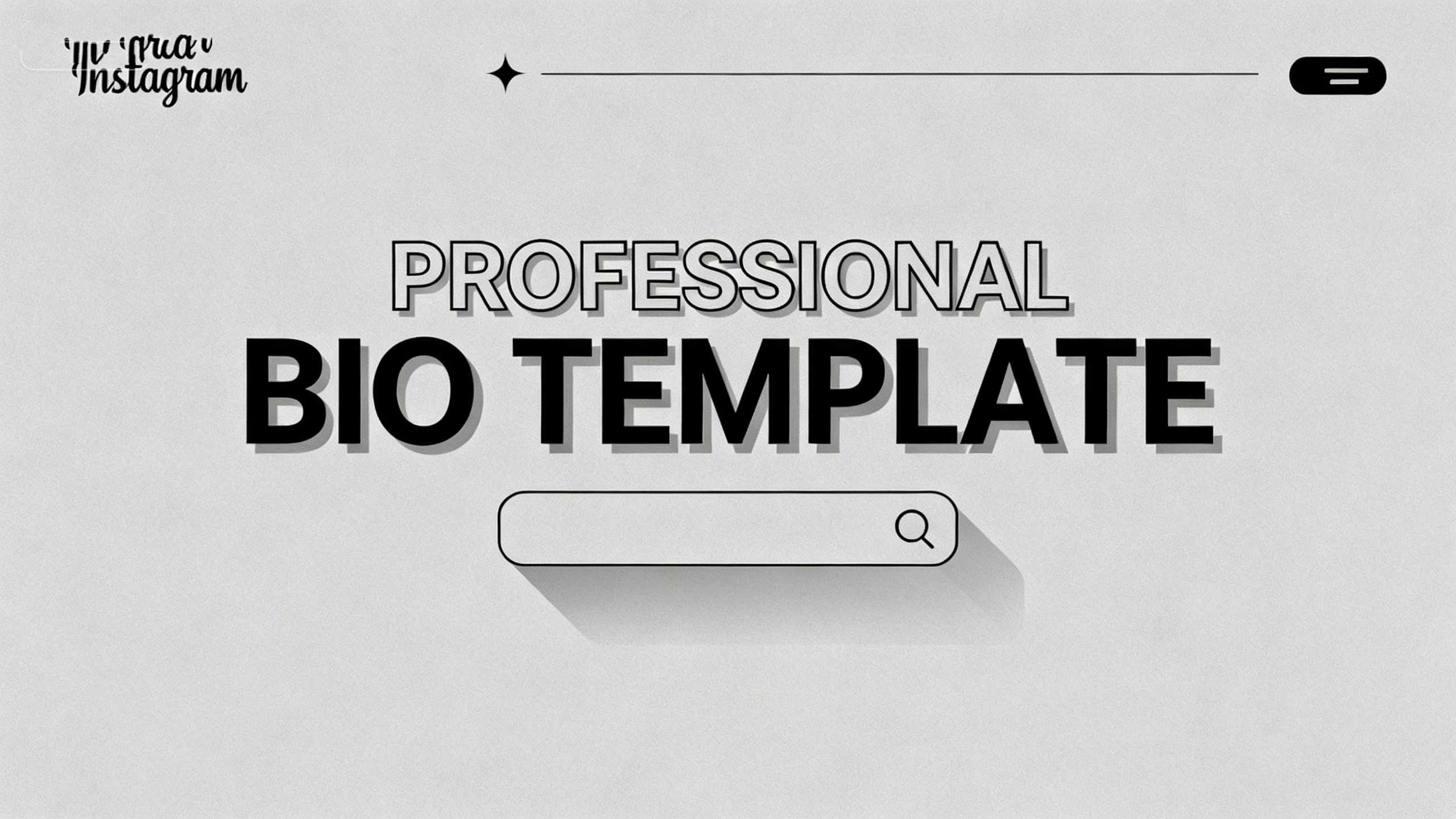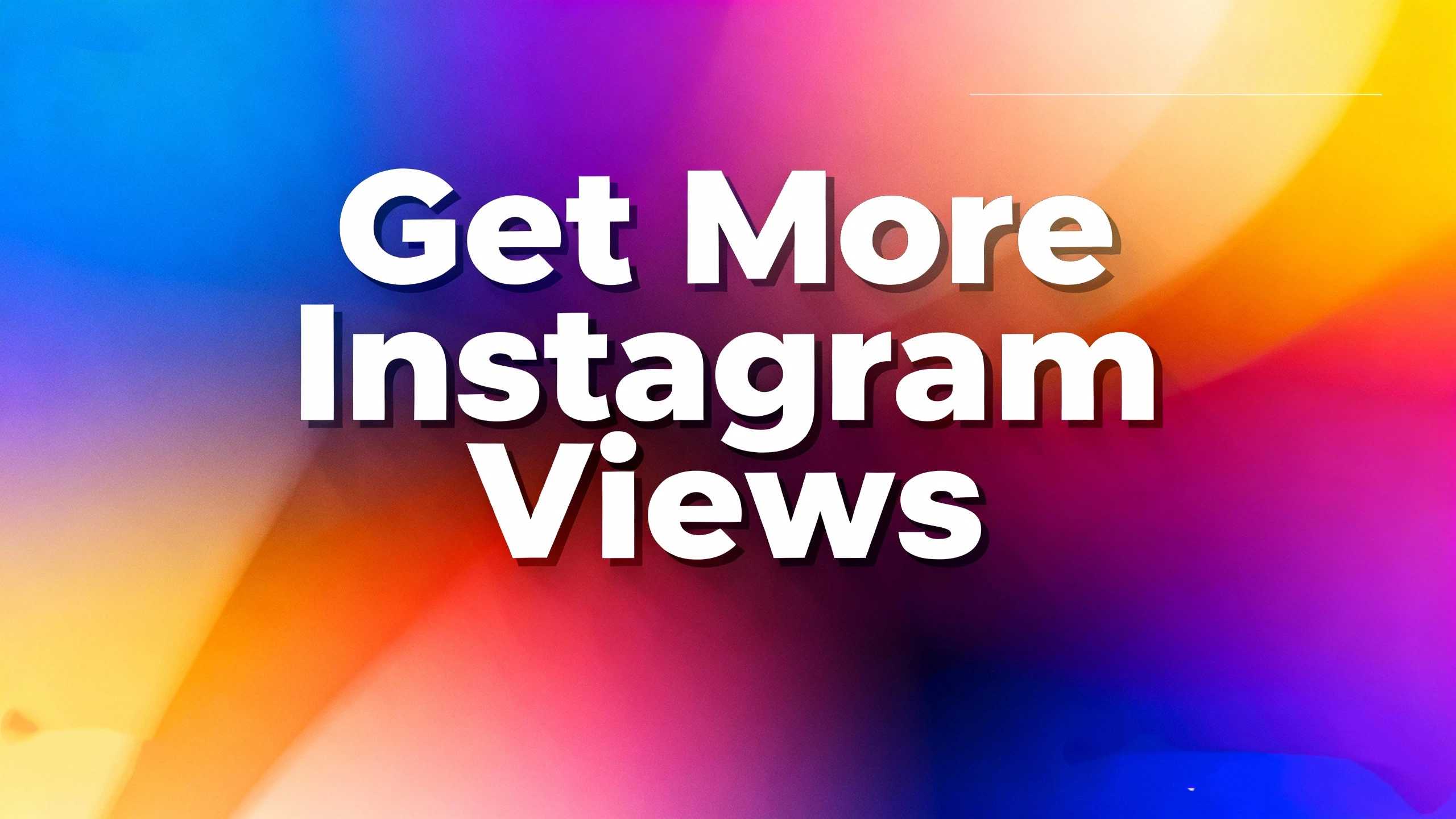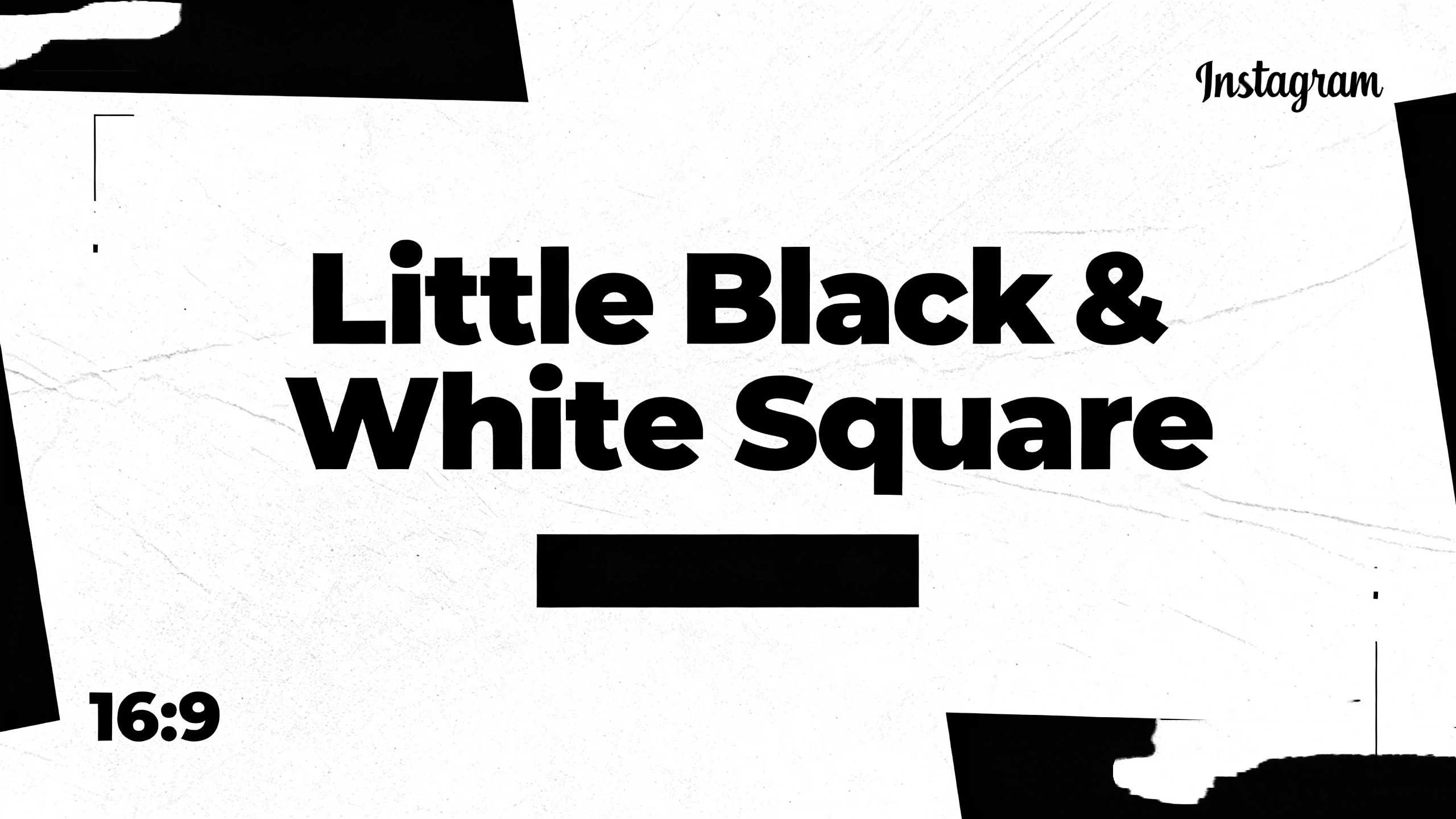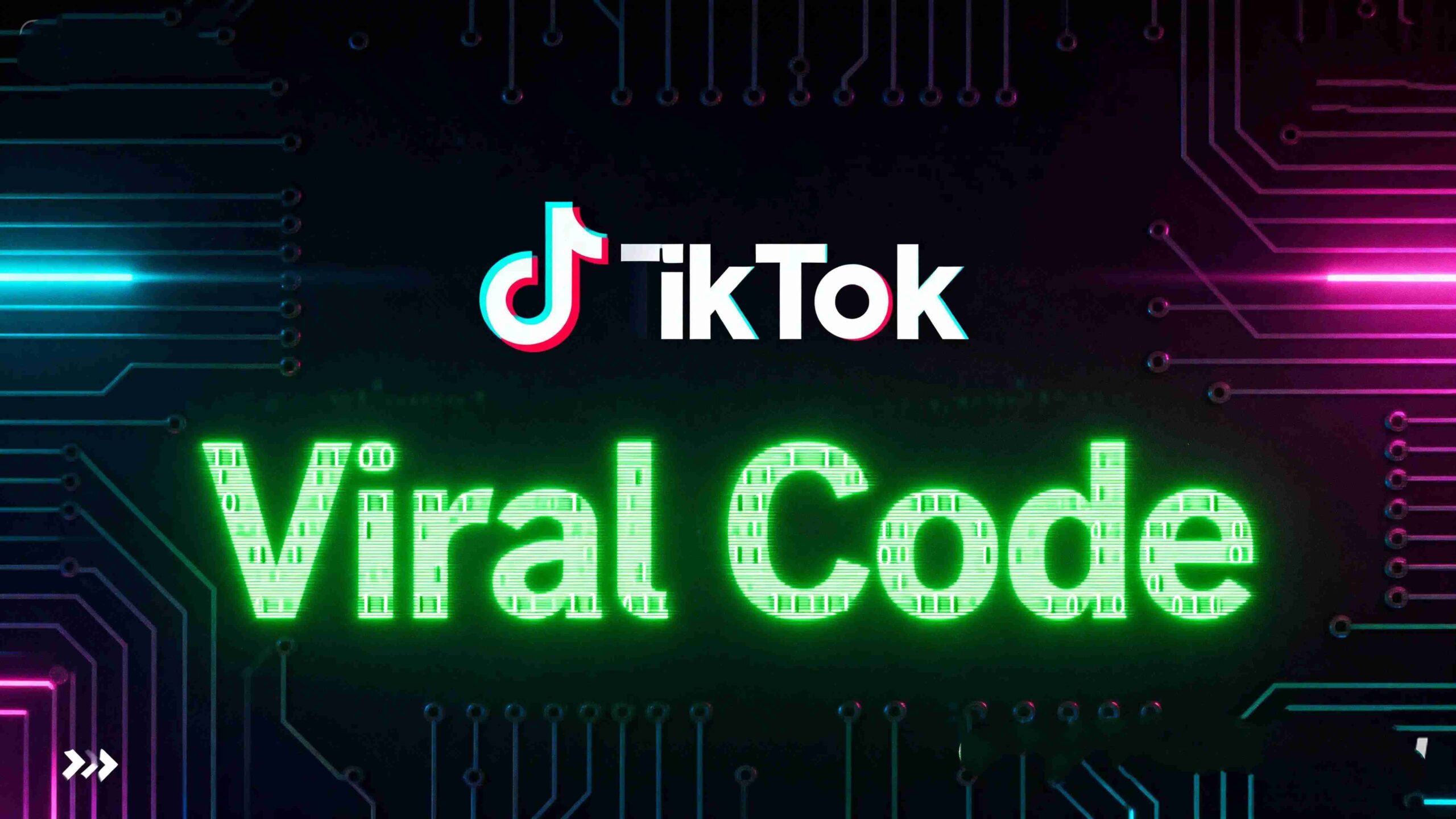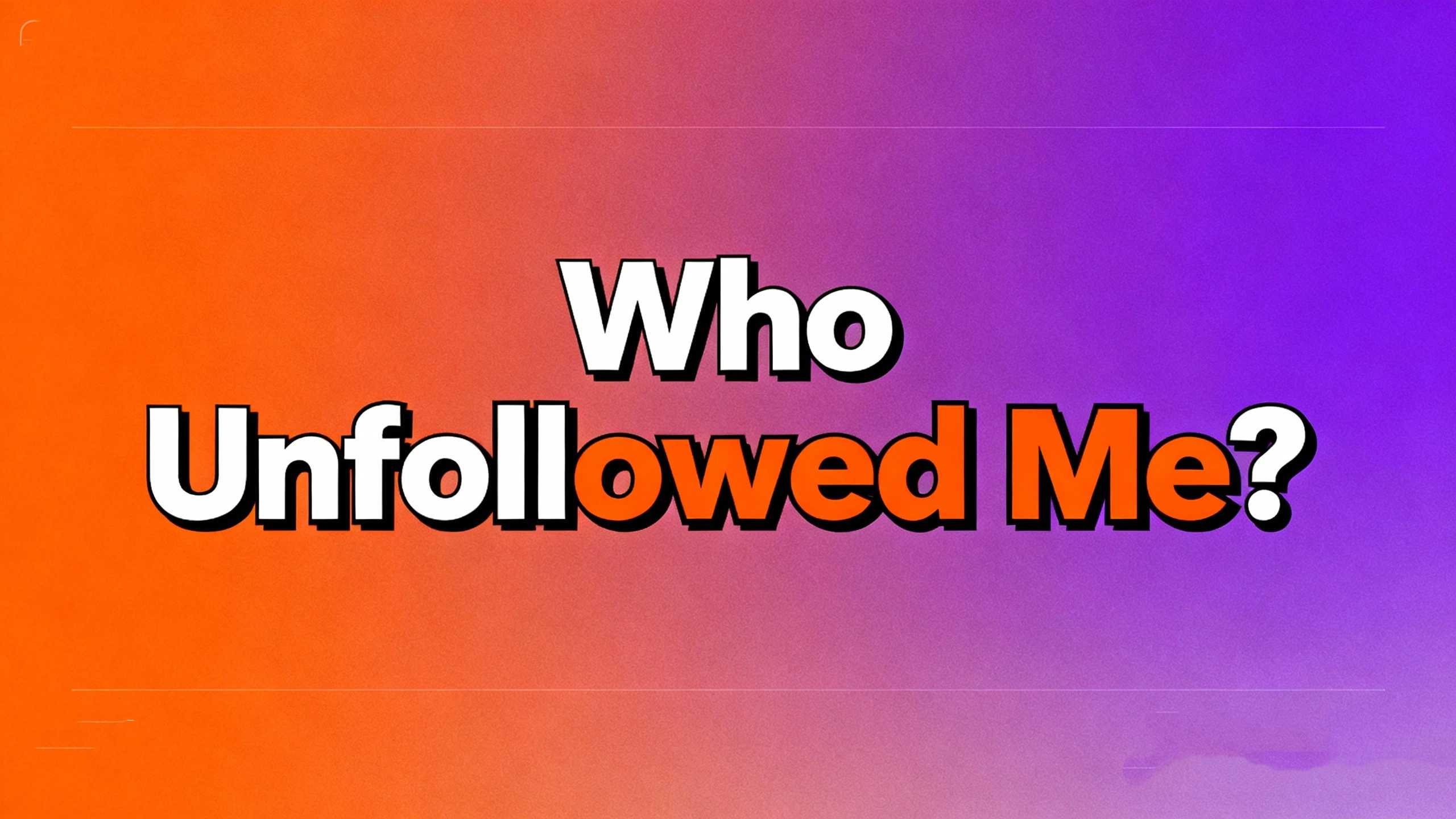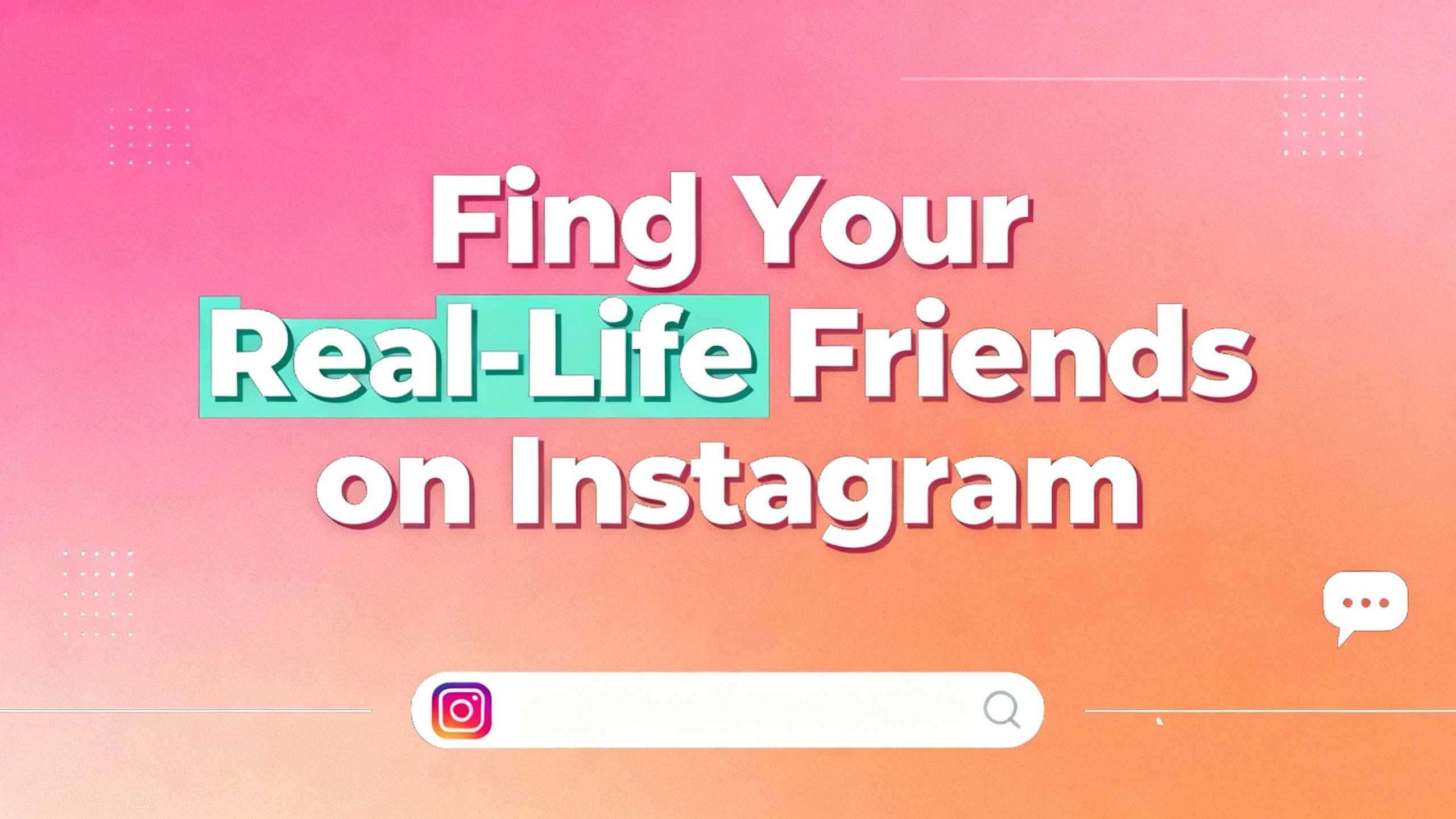From Smiley Faces to Secret Signals
Emojis started out simple. A classic smiley face 🙂 to show happiness, a sad face 🙁 for sadness. Easy, right? But now, things are way more complex. A simple eggplant 🍆 or peach 🍑 emoji can mean something totally different than their literal translation. They’ve become a fun, informal way to add tone and personality to our messages. Think of them as the body language of text messaging. A text that just says “ok” can feel cold. But “ok 😊” feels much warmer and more friendly. Emojis help us express feelings without using a single word. They fill in the emotional gaps left by plain text. In fact, a study from a global language software company found that 92% of all internet users have used emojis. It’s safe to say they’re not going anywhere.
Commonly Confused Emojis: The Truth Behind the Trolls
Some emojis are notorious for being misunderstood. For example, the weary face 😫 is often used to show frustration or stress, but some people use it to mean they’re tired. The pleading face 🥺 with big eyes can mean begging, but it’s also widely used to show a cute, puppy-dog expression. And don’t get me started on the loudly crying face 😭, which is often used for overwhelming laughter or sadness, not just intense crying. It’s all about context! Pay attention to the rest of the message to figure out what someone is really trying to say.
FAQs:
Q: What does the ‘face with tears of joy’ 😂 emoji really mean?
A: It’s the most used emoji in the world, topping the list for years! It generally means you find something hilarious. But some people are starting to use the ‘rolling on the floor laughing’ 🤣 emoji instead. The reason is that the “crying with laughter” emoji has become so mainstream. And because of that, it has lost some of its edge.
Q: Is the ‘skull’ 💀 emoji always negative?
A: Not at all! While it can mean death or danger, it’s also widely used to express extreme laughter or feeling overwhelmed. For example, “That joke was so funny I’m dead 💀.”
The Art of Subtext: Saying More with Less
Emojis are masters of subtext. They can communicate a lot in a tiny space. For example, sending a friend a thinking face 🤔 emoji after they ask for advice shows you’re considering their question. A pile of poop 💩 with a friendly face can be a funny way to say something is bad without being too harsh. The combination of emojis can create entire sentences. Picture this: 🍕+🍺+📺. You immediately know what that means: pizza, beer, and a movie night. Emojis let us paint a picture in our messages, making them more vibrant and personal. Think of a simple winking face 😉. It (an emoji) can change a serious sentence.It turns the serious sentence into a playful one. It can also change a sarcastic comment.It makes the sarcastic comment into a friendly one. Additionally, it can change a flirtatious message. It transforms the flirtatious message into something more explicit.. The possibilities are endless.
Beyond the Basics: Emojis in Business
You might think emojis are just for friends, but they’ve found their way into the professional world, too. Companies use emojis in their social media posts. They do this to seem more approachable to their audience. Using emojis also helps companies appear more relatable. A study by a marketing firm showed an interesting result related to emojis’ impact.. The study found that using emojis in email subject lines can increase email open rates. The increase can be up to 25%! For example, using a simple rocket 🚀 emoji to announce a product launch works well. Another example: using a check mark ✅ to confirm a task is completed. These emoji uses make communication clearer. They also make communication more engaging. Emojis are useful even in internal communications. A quick thumbs-up 👍 emoji, for instance, can be a fast way to acknowledge a message. You don’t need to write a full reply to acknowledge the message this way. Just be sure to use them sparingly and keep them professional. A smiley face is fine, but a string of random faces might not be. A survey of over 1,000 office workers found that 61% feel emojis are acceptable to use in a work context. So, don’t be afraid to add a little personality, but do it wisely.
The Global Language: Emojis Across Cultures
Emojis are the closest thing we have to a universal language, but watch out! Their meanings can change from one country to another. The thumbs-up 👍 emoji has a positive meaning in most places. But in some parts of the Middle East and West Africa, the thumbs-up 👍 emoji can be a rude gesture. The waving hand 👋 emoji is used as a friendly greeting in many countries. However, in China, the waving hand 👋 emoji can mean “I’m not friends with you anymore.” Another great example is the “okay” hand gesture 👌. In the U.S., it means everything is fine, but in Brazil, it can be a very offensive insult. It’s a good reminder to always be aware of your audience. When in doubt, stick to the basics.
So, the next time you see a tiny picture in a text, don’t just see a picture. See the emotion, the tone, and the personality behind it. You’re now officially a pro at reading the digital room. What emoji do you find yourself using the most?
